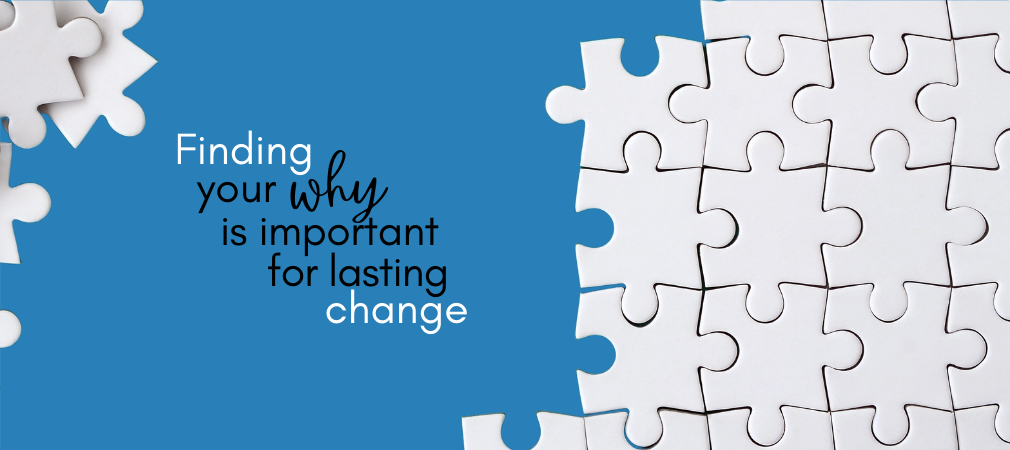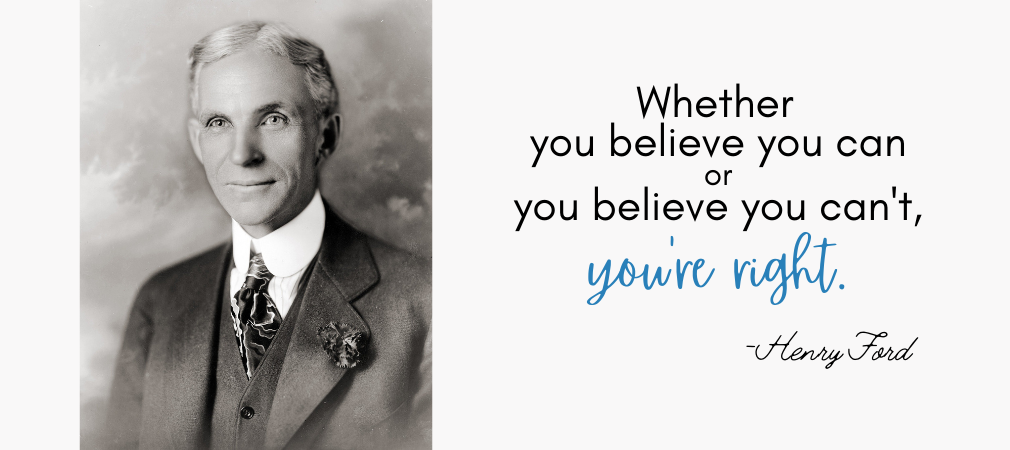A Key Ingredient for Achieving Lasting Change
For many, the beginning of a new year is a time to reevaluate the past year, set new goals, and map out a plan to achieve them.
Change can be difficult. Life can be busy and overwhelming sometimes, and it is easy to get complacent or become “stuck.”
As such, to make lasting change, it’s important to figure out what you want and why you want it. You will want to make your ‘why’ as meaningful as possible for the greatest success in achieving your goals.
A good strategy to identify your ‘why’ is to engage in a self-affirmation exercise. This involves thinking about things that are important to you (e.g., family, values, etc.).
A 2015 study by Falk and colleagues instructed people to engage in a self-affirmation exercise. Then they were given typical advice about the health benefits of exercise.
Next, using brain scans, researchers measured activity in the Ventromedial Prefrontal Cortex—the area of the brain that helps determine if study participants took the advice about exercise to heart.
Results showed that those in the self-affirmation group ‘took the advice to heart,” and, in addition, they exercised more than the group who didn’t engage in the self-affirmation exercise.

Takeaway Message
Identifying your reasons is important when making change, but remember that your ‘why’ needs to be meaningful and impactful.
Once you have clearly articulated your reasons for change, you will want to review them regularly to keep them top of mind.
Once started, try to stay the course for at least 66 days, as research shows that it takes an average of 66 days to form a new habit.



